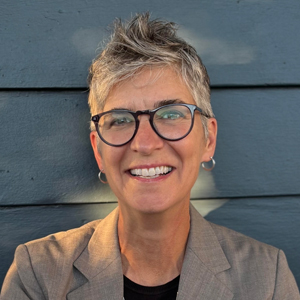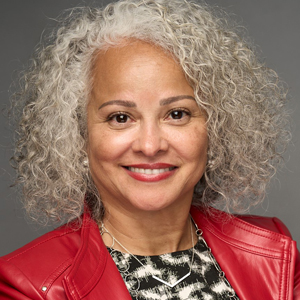In 1964, during the Civil Rights era, the University formalized the Brown University-Tougaloo College Partnership (BTP) to enrich both campuses through student, faculty, and administrative exchanges. The partnership emphasized financial assistance for historically Black colleges and universities (HBCUs), bringing national attention to the issue.
In 1986, the University established the Center for the Study of Race and Ethnicity in America (CSREA), one of the nation’s earliest academic centers dedicated to research, scholarship, and academic exchanges on issues of race and ethnicity.
In 2003, President Ruth Simmons appointed a steering committee on Slavery and Justice to explore Brown’s historical relationship to slavery and the transatlantic slave trade and its legacies of inequity and injustice. The committee culminated with its 2006 report, detailing the role of Brown’s founders and benefactors in the slave trade and the benefits the University derived from these activities. Brown released a second edition in 2021 that offered insights into this report’s persistent and evolving impact, both on and beyond Brown’s campus.
One primary recommendation from the original report was to create the Center for the Study of Slavery and Justice (CSSJ), which was formally established in 2012.
In 2013, President Christina H. Paxson introduced her strategic plan, Building on Distinction: A New Plan for Brown. One of its central themes was “building peaceful, just, and prosperous societies,” with a goal of leveraging Brown’s strength in using a multidisciplinary approach to address some of the world’s most pressing challenges. Released in 2016, Pathways to Diversity and Inclusion: An Action Plan for Brown University has served as the University’s comprehensive strategic plan to create and sustain a diverse and inclusive community.
Today, Brown continues its commitment to diversity and inclusion as grounded in and central to its academic mission of advancing knowledge and discovery in a spirit of free inquiry. Guided by our values to support a learning and living environment where all can thrive, today’s efforts are helping to bring talented students from a variety of backgrounds through recruitment and financial aid, cultivate a vibrant and welcoming student experience, advance research and scholarship around complex issues, and build innovative partnerships with the local community.

.jpg)
